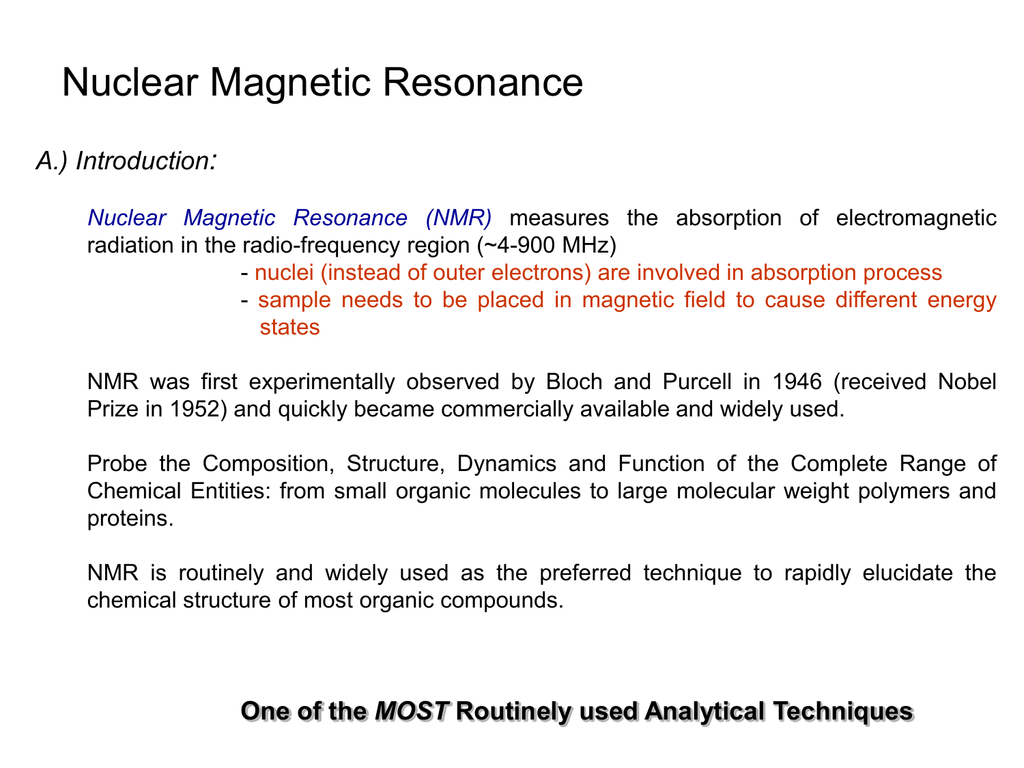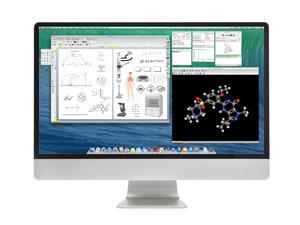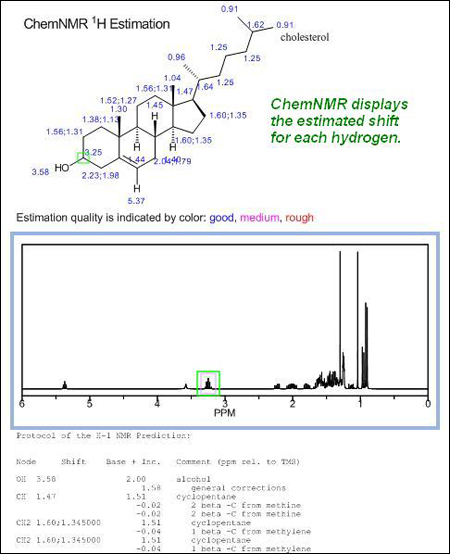

In HETCOR, the nucleus that was detected first in a 1H - 13C experiment was 13C, whereas now 1H is detected first in inverse-detection experiments, since protons are inherently more sensitive. It is ideal to determine which nucleus has the highest gyromagnetic ratio for detection and set the probe to be the most sensitive to this nucleus. Inverse-detection refers to detecting the nucleus with the higher gyromagnetic ratio, which offers higher sensitivity. Recently, inverse-detected HETCOR experiments have become extremely useful and commonplace, and it will be those experiments that will be covered here. Because there are two different frequency domains, there are no diagonal peaks like there are in COSY or TOCSY. Heteronuclear experiments can easily be extended into three or more dimensions, which can be thought of as experiments that correlate couplings between three or more different nuclei. HETCOR (Heteronuclear Correlation) refers to a 2D NMR experiment that correlates couplings between different nuclei (usually 1H and a heteroatom, such as 13C or 15N). In this video, he provides a stepwise method to deciphering a spectrum. James Nowick at UC Irvine describes his method of choice for putting the pieces together when determining the structure of a sample the lecture in which he describes this method is posted in the links above. There are many possible ways to interpret 2D NMR spectra, though one common method is to label the cross peaks and make connections between the signals as they become apparent.

#Chemdoodle nmr software#
Currently, the software for co-variance processing is available from various NMR manufacturers. In the 1990s, co-variance processing came onto the scene, which allowed scientists to process information from two separate experiments, without having to run both experiments at the same time, which made for shorter data acquisition time. For example, one can combine homonuclear and heteronuclear experiments and piece together the information from the two techniques, with a process known as Parallel Acquisition NMR Spectroscopy or PANSY. Chem. 2012, 8 , 763.Īlso, multiple 2D NMR experiments are used to elucidate the structure of a single molecule, combining different information from the various sources. (d) A few important ROESY correlations in the saponin, depicted by dashed arrows in (b). (b) Part of a homonuclear 1H ROESY spectrum of a triterpenoid saponin extracted from the root of the Acanthophyllum gypsophiloides Regel (Turkestan soap root). Cazes, 3rd, Marcel Dekker, New York, (2005). Vogt, Analytical Instrumentation Handbook, edited by J. Nuclear Overhauser effect spectroscopy: (a) An expanded portion of a 1H NOESY spectrum of clarithromycin (structure of which is shown in (c). Example NOESY and ROESY spectra are shown in Figure.

Although NOESY and ROESY can generate COSY and TOCSY artifacts, respectively, those unwanted signals could be minimized by variations in the pulse sequences. Isomers, such as ortho-, meta-, and para-substituted aromatic rings, as well as stereochemistry, can also be distinguished through the use of an NOE experiment. Both experiments are useful for determine proximity of nuclei in large biomolecules, especially proteins, where two atoms may be nearby in space, but not necessarily through covalent connectivity. On the contrary, ROESY peaks are always positive, regardless of molecular weight. In NOESY, NOEs are positive when generated from small molecules, are negative when generated from large molecules (or molecules dissolved in a viscous solvent to restrict molecular tumbling), and are quite small (near zero) for medium-sized molecules.
#Chemdoodle nmr series#
NOESY uses a mixing time without pulses to accumulate NOEs and its counterpart ROESY (Rotating frame nuclear Overhauser Effect SpectroscopY) uses a series of pulses to accumulate NOEs. The overall effect is dependent on a distance of r -6. For example, when an RF pulse specifically irradiates a proton, its spin population is equalized and it can transfer its spin polarization to another proton and alter its spin population. The Nuclear Overhauser Effect (NOE) is the change in the intensity of the resonance of a nucleus upon irradiation of a nearby nucleus (about 2.5-3.5 Å apart). NOESY (Nuclear Overhauser Effect SpectroscopY) is an NMR experiment that can detect couplings between nuclei through spatial proximity (< 5 Å apart) rather than coupling through covalent bonds.


 0 kommentar(er)
0 kommentar(er)
